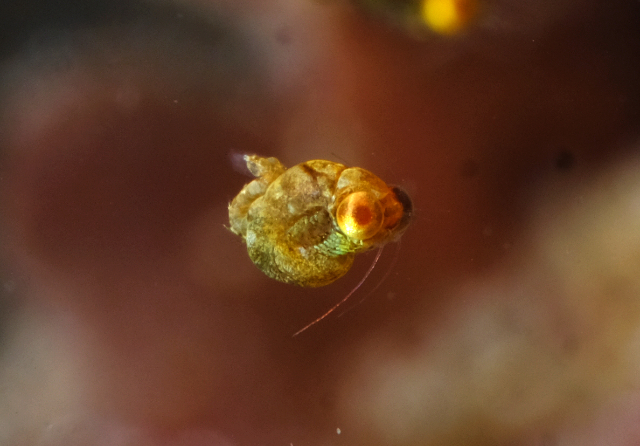|
Idiomysis
''Idiomysis'' is a genus of small Mysida, mysids found in warm, shallow waters of Indian Ocean (including Red Sea) and Pacific. Anatomy Mysids from the genus ''Idiomysis'' are just few millimeters length; their cephalothorax is gibbous and robust whereas the abdomen is characteristically curled up behind. When compared with other mysids, ''Idiomysis'' has short Antenna (biology), antennae, relatively big eyes and small, usually unarmed telson, however a single species, ''I. diadema'', possesses a pair of short terminal spines. Systematics There are six species described so far in the genus: * ''Idiomysis diadema'' Wittmann, 2016 * ''Idiomysis inermis'' W. Tattersall, 1922 * ''Idiomysis japonica'' Murano, 1978 * ''Idiomysis mozambica'' Deprez, Wooldridge & Mees, 2001 * ''Idiomysis robusta'' Connell, 2008 * ''Idiomysis tsurnamali'' Bacescu, 1973. Ecology ''Idiomysis'' live in the small groups (called swarms) of 5 to more than 40 individuals, which hover over sea bottom during ... [...More Info...] [...Related Items...] OR: [Wikipedia] [Google] [Baidu] |
Idiomysis
''Idiomysis'' is a genus of small Mysida, mysids found in warm, shallow waters of Indian Ocean (including Red Sea) and Pacific. Anatomy Mysids from the genus ''Idiomysis'' are just few millimeters length; their cephalothorax is gibbous and robust whereas the abdomen is characteristically curled up behind. When compared with other mysids, ''Idiomysis'' has short Antenna (biology), antennae, relatively big eyes and small, usually unarmed telson, however a single species, ''I. diadema'', possesses a pair of short terminal spines. Systematics There are six species described so far in the genus: * ''Idiomysis diadema'' Wittmann, 2016 * ''Idiomysis inermis'' W. Tattersall, 1922 * ''Idiomysis japonica'' Murano, 1978 * ''Idiomysis mozambica'' Deprez, Wooldridge & Mees, 2001 * ''Idiomysis robusta'' Connell, 2008 * ''Idiomysis tsurnamali'' Bacescu, 1973. Ecology ''Idiomysis'' live in the small groups (called swarms) of 5 to more than 40 individuals, which hover over sea bottom during ... [...More Info...] [...Related Items...] OR: [Wikipedia] [Google] [Baidu] |

